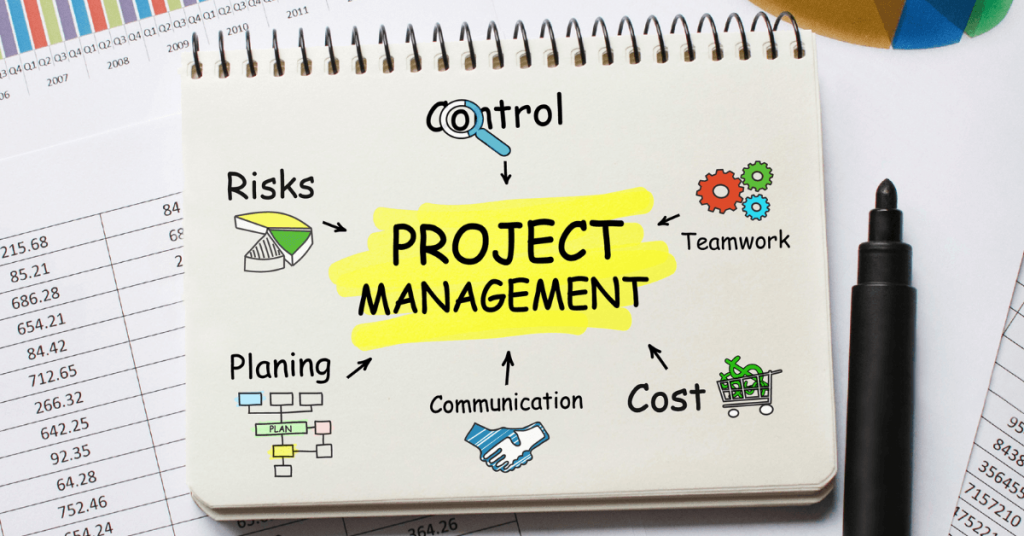Bringing your software/app without Beta testing is risky in this growing competitive software market. So, every software founder looks for Beta Tester to test the products and provide honest feedback. Inputs provided by the Beta tester help enhance the software’s quality.
Beta Testing has become the need of every startup founder to validate a product’s functionality and usability. Also, it identifies the reliability and compatibility of the product. Although beta testing is widely employed in the product development process, many people remain unsure of what it entails and how it might benefit the product design team.
In this article, I tried to cover the best practices of beta testing and things you need to consider while doing Beta Testing.
What is Beta Testing?
Beta Testing is the process to validate product acceptance through a beta tester. The founder or maker gives their product to the target group for evaluating the performance of the product. The beta testers are the real users that provide honest feedback for the success of the product. Beta testers can be a group of entrepreneurs, founders, makers, early adopters or customers.
Before going for the beta testing, the product should be 90 to 95% ready and stable to get accurate insights. Software Beta testing can do through many online Beta Launch platforms. For example, BufferApps is one of the best Beta launchpads that helps founders to gain real user feedback. This helps the founders to validate the product ideas and set the road maps for their product success.
Why Beta Listing Is Necessary?
Beta Testing is the best way to identify loopholes, errors, bugs, and usability issues before going for a Deal launch. It is the opportunity to test software/apps in the market and get insights about performance. This helps to know the product’s functionality, usability, reliability, and compatibility.
Through this, founders can ensure that their product matches the requirements and expectations of the users. Insights offered by the beta testing platform can help you to set Go To Market strategy (GTM) for your software product. For the success of every product setting the right positioning, marketing, and communication is essential. This helps founder to showcase their software/app at the right place, to the right person, and at right time.
Eventually, it helps you to gain exposure, real user feedback, more eyeballs, and early adopter for your software. Reaching the maximum beta tester can help you create a buzz in the market.
So, if you want to make money with your software business, you need to test your SaaS (software as a service) product.
When Is Beta Testing Done?
Beta testing usually happens after Alpha testing and before the final product launch (go live). Any software or SaaS undergoing Beta Test should be at least 90% – 95% complete and stable enough to perform. All the key features and offerings should be properly working. This makes it easy for beta testers to test software and provide valuable feedback for the further process.
Also, before starting a beta test, you should check your product against the software beta testing checklist.
Here Are Few Things You Need To Review Before Beta Testing:
- Make sure all the features are ready and working properly.
- Be ready with product documentation (Product description, guide, founder note, FAQs )
- Check whether the product is functioning properly or not.
- Procedure to collect feedback.
- Any offer for beta testers to attract target users.
- A list of Beta Launch Platforms should be ready.
In order to reach the largest possible audience, SaaS products often have simultaneous launches on several beta testing sites. At every Beta Launch platform, you will find a community of makers, entrepreneurs and early adopters. This helps the founder to gain genuine feedback from a wider audience.
What Is the Difference Between Alpha Testing and Beta Testing?
Alpha and Beta testing are the methodologies to validate software at each stage of product launch. Both tests offer feedback from real users, which increases the success rate of the software product in the market.
Software product testing life cycle plays an important role in Alpha and Beta testing. In order to guarantee a high-quality final product, software testing operations begin at the very beginning of the development process.
| Alpha Testing | Beta Testing |
|---|---|
| Alpha Testing is done in the first phase to validate the product for further development | Beta Testing is done in the second phase to validate the product for the final launch. |
| Performed by developers and testers. | Performed by real users. |
| Functionality and usability are tested | Functionality, usability, reliability, and compatibility are tested. |
| White box and Black box testing is used. | Only Black box testing is used. |
| Bugs, issues, and errors are identified and tested at the developer’s site. | Bugs, issues, and errors are identified through feedback from Beta Testers. |
| Helps to make changes before going for Beta Launch | Helps to make changes before Deal Launch |
| Quality of the software is tested. | Customer satisfaction is measured. |
| 1-2 weeks per test cycle with numerous cycles | 3-6 weeks per test cycle with only 1-2 cycles. |

How Beta Testing Is Performed?
1. Define Goal:
Defining goals in advance will help you to do proper planning for Beta Testing. This will help you to know what exactly you need to look for.
2. Participants Required:
You should fix the approximate number and type of testers required for testing your software product. To gather useful feedback, you need anywhere from fifty to two hundred beta testers (users). Also, you need to set the criteria to select the required beta testers. The number of beta testers depends on your budget for the beta launch.
3. Time Limit For Testing:
You must set a time limit for the beta testing phase. However, the ideal time for beta testing is between two to eight weeks. You can even extend 3 to 4 weeks if you are not able to achieve your objectives.
4. Track Down Your Beta Testers:
You should select the best and most relevant beta testers to test your software app. Beta Tester should have enough knowledge and experience to test SaaS (software as a service ) products. The tester must have at least 4 -5 years of experience in similar technology. The community of founders, makers, entrepreneurs and early adopters can be the best one to test your software products. Also, if the software is developed for selected countries, then must get beta testers from the same demographics.
5. Beta Launch:
Once your software is ready for beta testing, you must invite the selected beta testers to test your software application. Make sure your product is 90 to 95% ready will all the key features at the beta launch. This will help the beta tester to check the functionality of the product. Also, you can search for a beta launch platform to get more exposure and early users for your software product. For example, BufferApps is one of the best platforms that offer Beta Launch for SaaS products. And it makes sure your product reaches the right person to get honest feedback and suggestion.
6. Keep The Tester Engaged:
Even a passionate beta tester needs the motivation to do his job thoroughly. To bring more engagement and active participation it is necessary to reward the beta tester with certain incentives. In addition, you can offer a free trial, an early user discount, a freemium, freebie to attract more genuine users.
7. Collect And Evaluate Valuable Feedback:
The beta tester gives feedback and makes suggestions. A detailed feedback report must be submitted by the tester, so that developer can implement changes. The feedback is evaluated by the experts and forwarded to the developer team. Every suggestion is considered an improvement to the product to satisfy customers.
8. Implement The Changes:
The developer team addresses any problems, faults, or gaps found by the tester/user. You need to make sure that all the important suggestions and recommendations are implemented or not.
9. Closer:
After a certain point of time, all the features of the software works smoothly with no error or bugs. Once the goal of beta testing has been met, the product is ready for its final touches. Also, you set the go-to-market strategy for your software product. And most important you appreciate the effort of users or beta tested who had provided valuable feedback.
Who performs beta testing?
Real users from outside of the company do the beta testing. The community of makers, entrepreneurs, founders, etc. can be a good beta tester. A person with expertise in similar technology will be the right one to perform beta testing. The product at the beta stage is provided free to encourage beta testers to give feedback about the software or application. The purpose of the test is to see how well the software works and how easy it is to use.
Mistakes That Will Ruin Your Beta Test
- No well-defined plan to execute
- Underestimating how long it will take to get going
- Released unstable product
- Improper number of beta testers (too few or too many)
- If the Test period is too short or too long.
- Ineffective tools
- Poor motivation and incentives for beta testers.
- No effective feedback management system.
Advantages And Disadvantages Of Beta Testing:
Advantages:
- It helps to get honest feedback and suggestions from real users.
- It detects and resolves bugs, issues, and errors.
- Genuine feedback help founders improve product quality and customer satisfaction.
- Validation of software product before final launch or Deal Launch.
- Reduces the risk of product failure.
- Can help you to create a better product roadmap and market strategy.
Disadvantages:
- You don’t have direct control over the Beta Testing process.
- Getting the right target users to perform a beta test can be challenging.
- Keeping participants engaged is even more difficult.
- Beta test management is hard because it happens in the real world.
- An in-depth analysis of the software is not possible as the product is still in the beta stage.
Conclusion:
Beta testing has become the need of every software founder and developer. It is necessary to get the right Beta launch platform to fulfil their need. The beta launch platform helps founders to reach their product to the right person. Platform provides more exposure, real user feedback and early adopters for their products.

